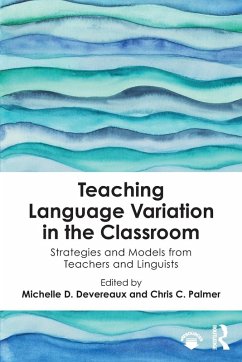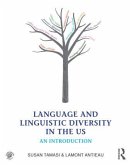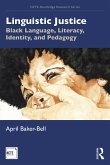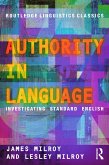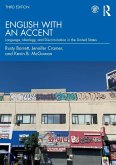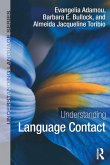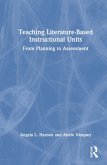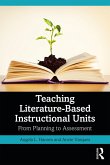"One of the things I love about this volume is that the classroom approaches and activities engage students' curiosity about the language they see and hear around them, as well as the language they encounter in literature...This volume is a gem because it has experienced secondary teachers and linguists in conversation about how to teach in a linguistically informed and engaging way... Linguists have much to learn from these essays about how to make linguistics more accessible for K-12 classrooms and how to design introductory linguistics courses to be more helpful for teachers in training. And secondary teachers (as well as teachers of younger students) can find information here that may inspire them to experiment with new approaches in their classrooms as early as tomorrow, because experienced teachers are laying out in detail how to do so-and why."
- From the Foreword by Anne Curzan, University of Michigan, USA
"The key words to describe the approach of this book for me are curiosity and exploration. For anyone who works with linguistically diverse learners, this book will help, with lesson plans tied to Common Core state standards, resources, and linguistic responses to a variety of issues. The varied chapter authors, who are teacher-linguists or linguist-teachers, show readers, rather than just telling us, how to encourage our own students to become linguistically curious and experts about their own language varieties and usage. And they do so in an accessible way. I am excited to have a new tool to help me better introduce to pre-service TESOL teachers the social hierarchy of language and the inherent value in linguistic diversity!"
- Heather Linville, University of Wisconsin, USA
"This long-needed and innovative text will serve as a springboard for educators seeking to incorporate instruction on language variation in their practice. Engaging as it is practical, this volume provides thought-provoking perspectives from experienced educators and linguists from a variety of backgrounds with a wealth of experience working with diverse audiences across the U.S. Importantly, the contributors to this volume provide concrete examples and lesson plans for other scholar-practitioners to adapt as we explore with our students how language works and implications in our daily lives. This text will most certainly become a well-referenced handbook for K-20 educators for years to come!"
- Stephany Dunstan, NC State University, USA

